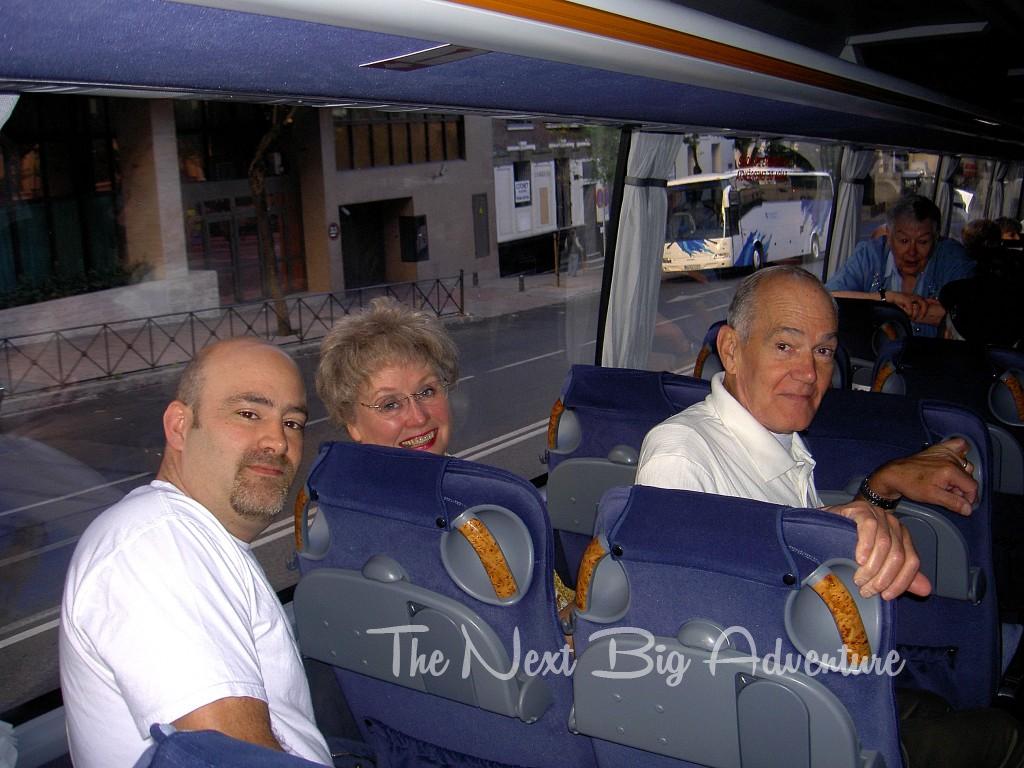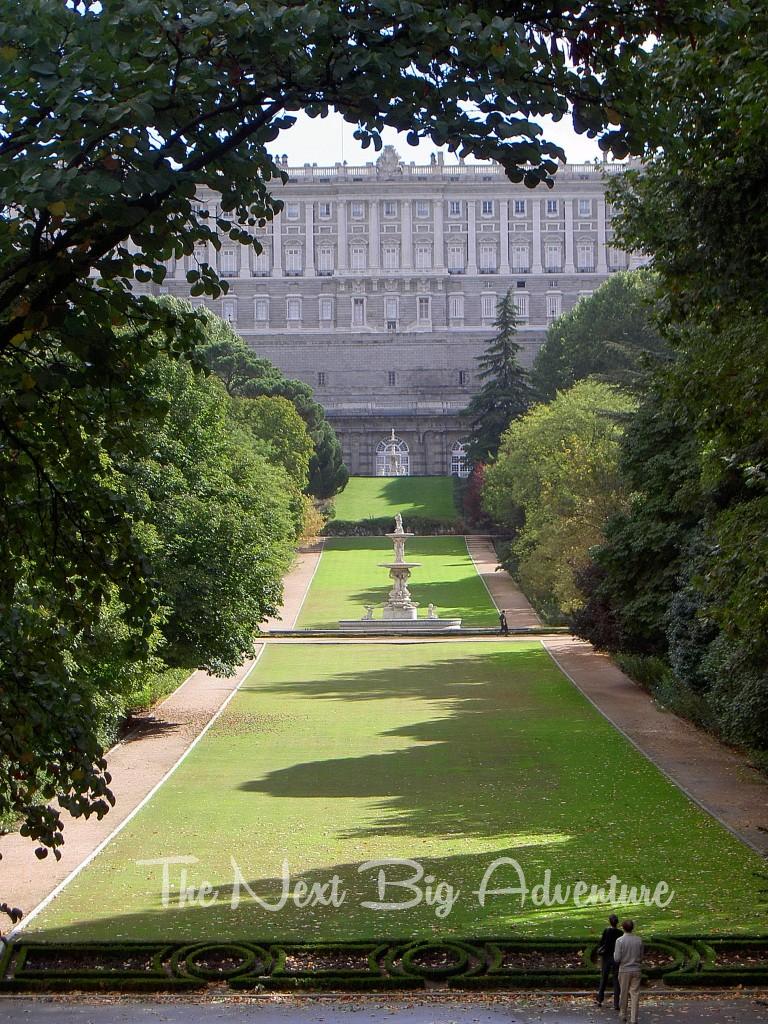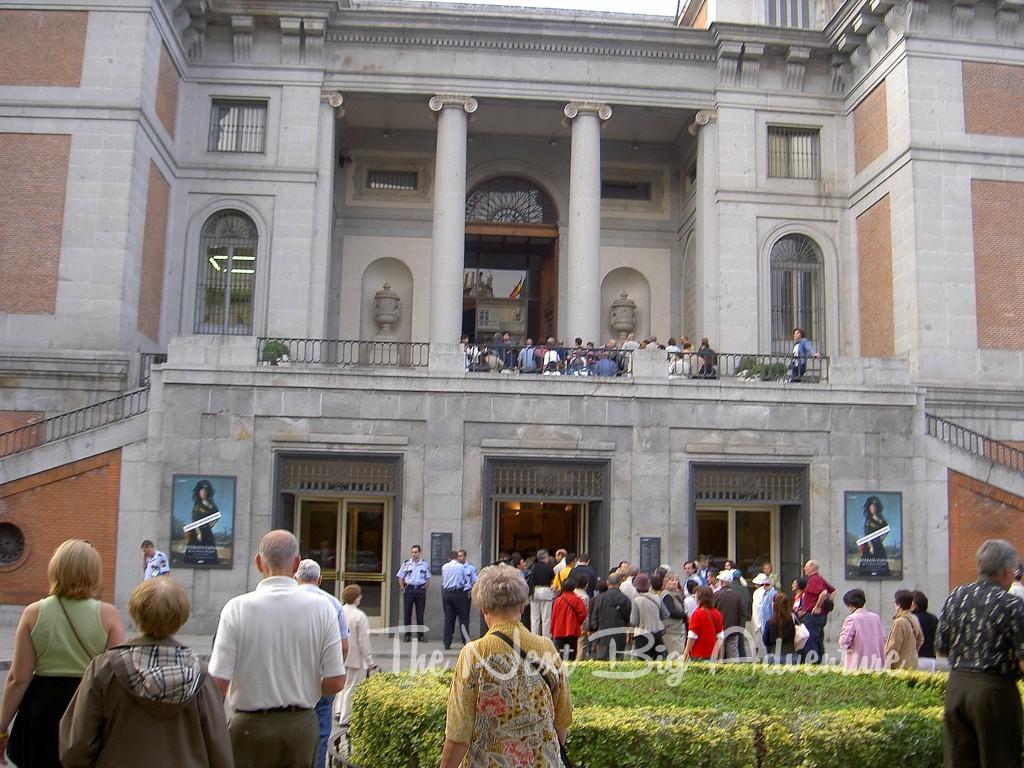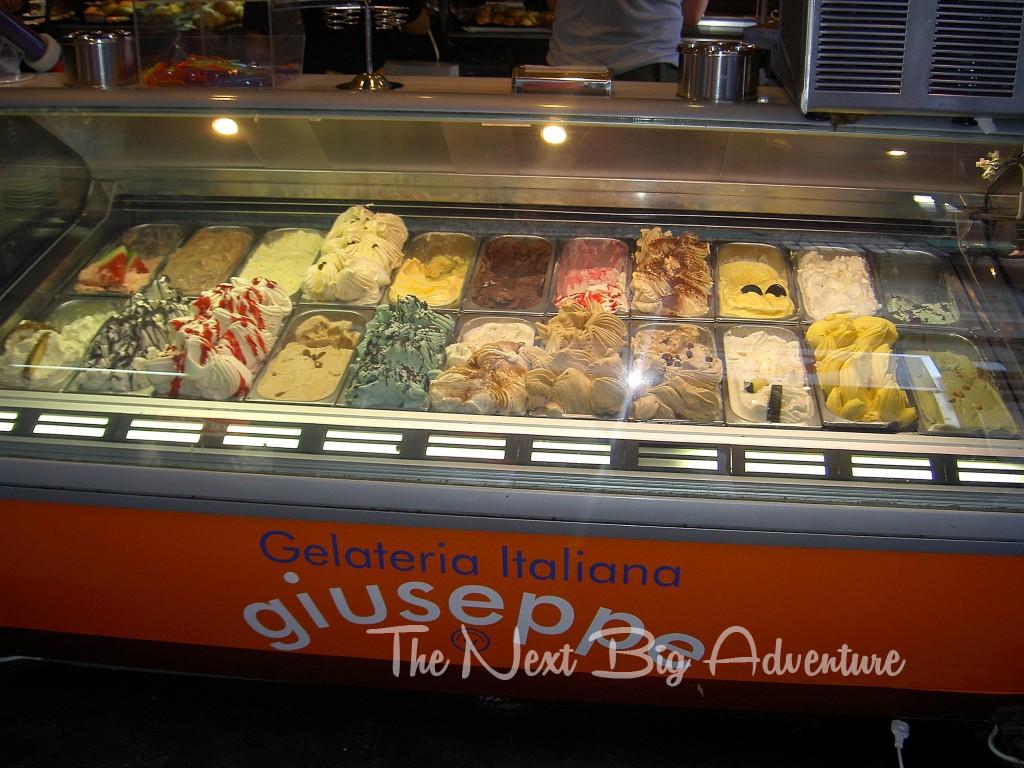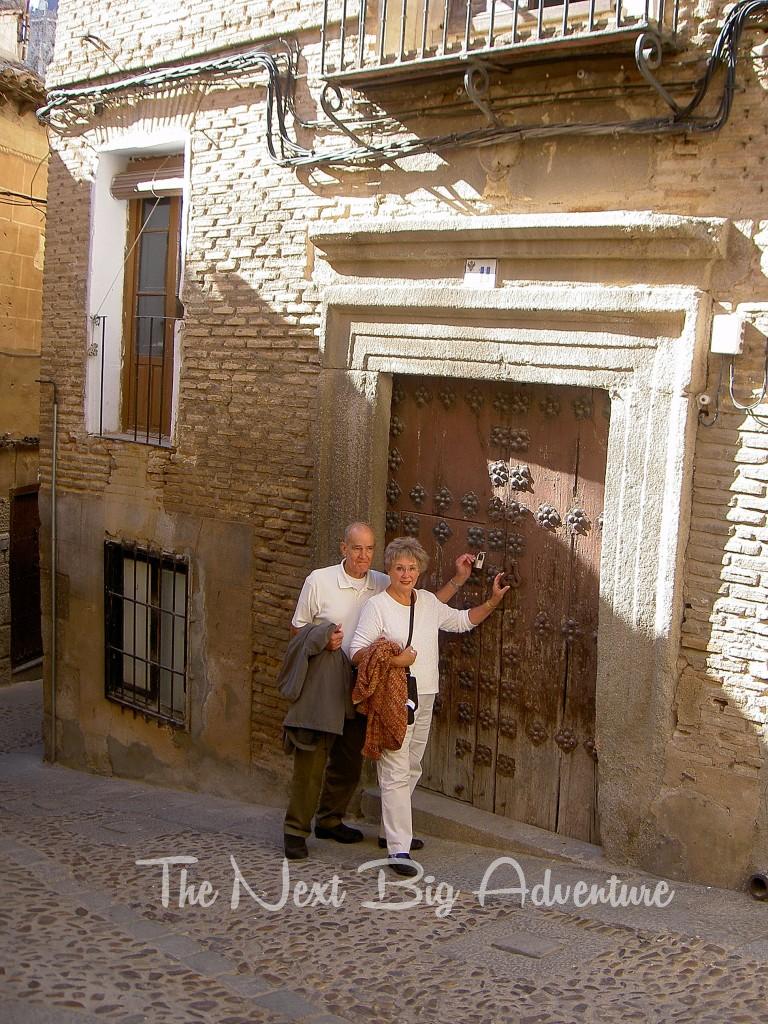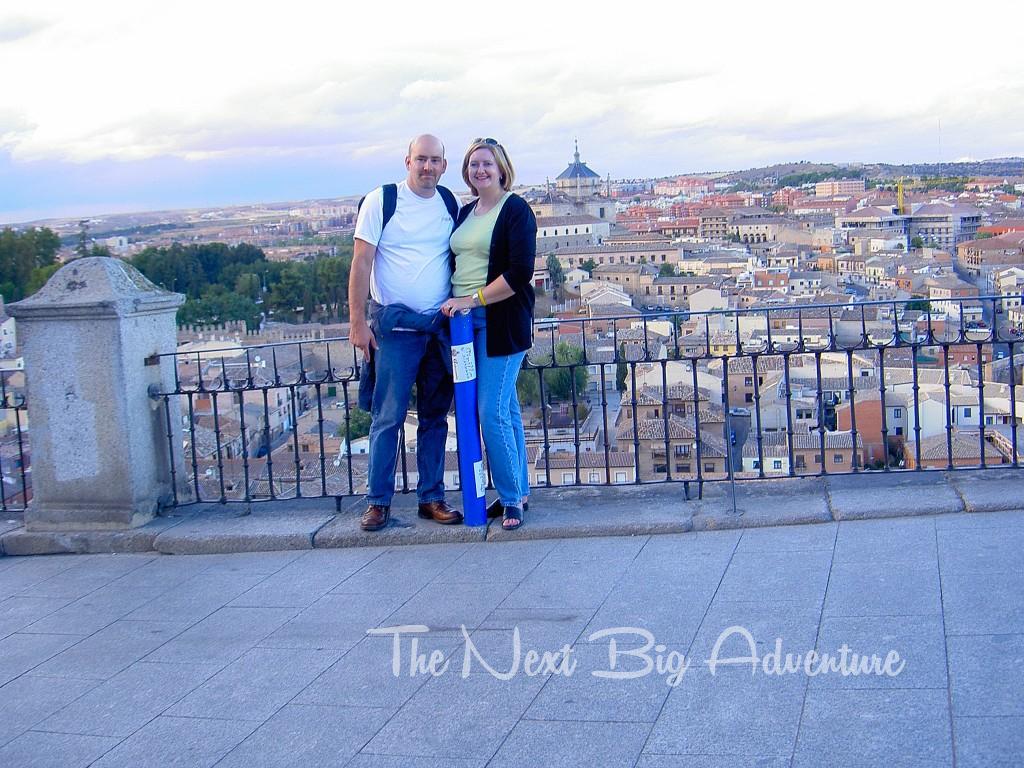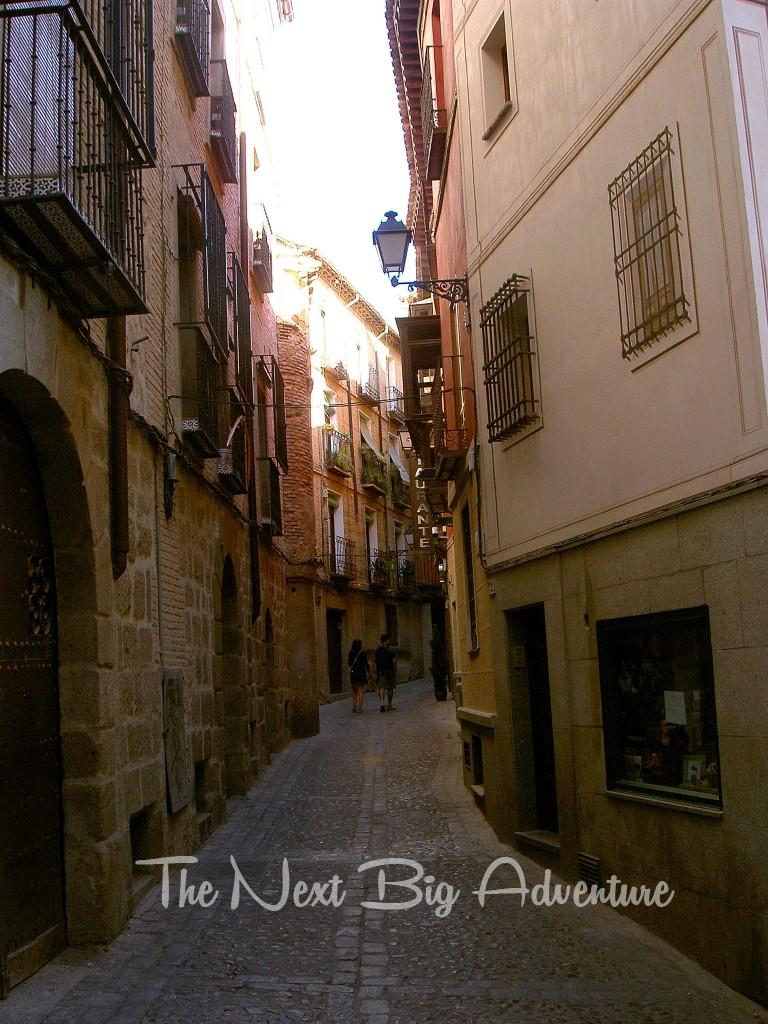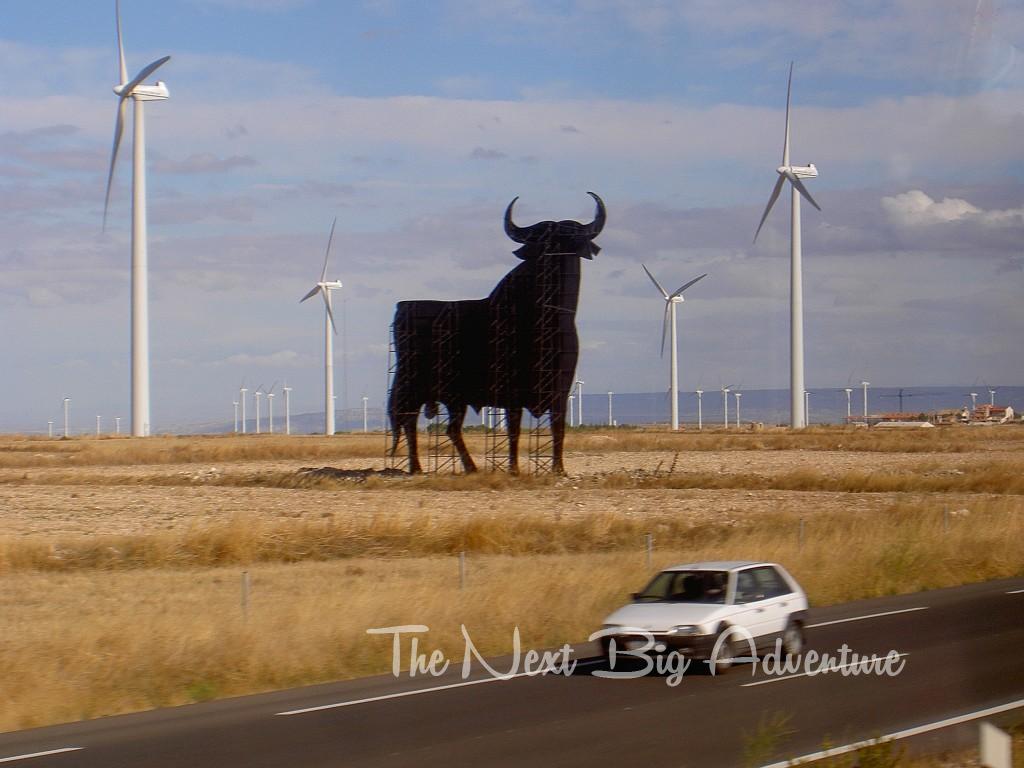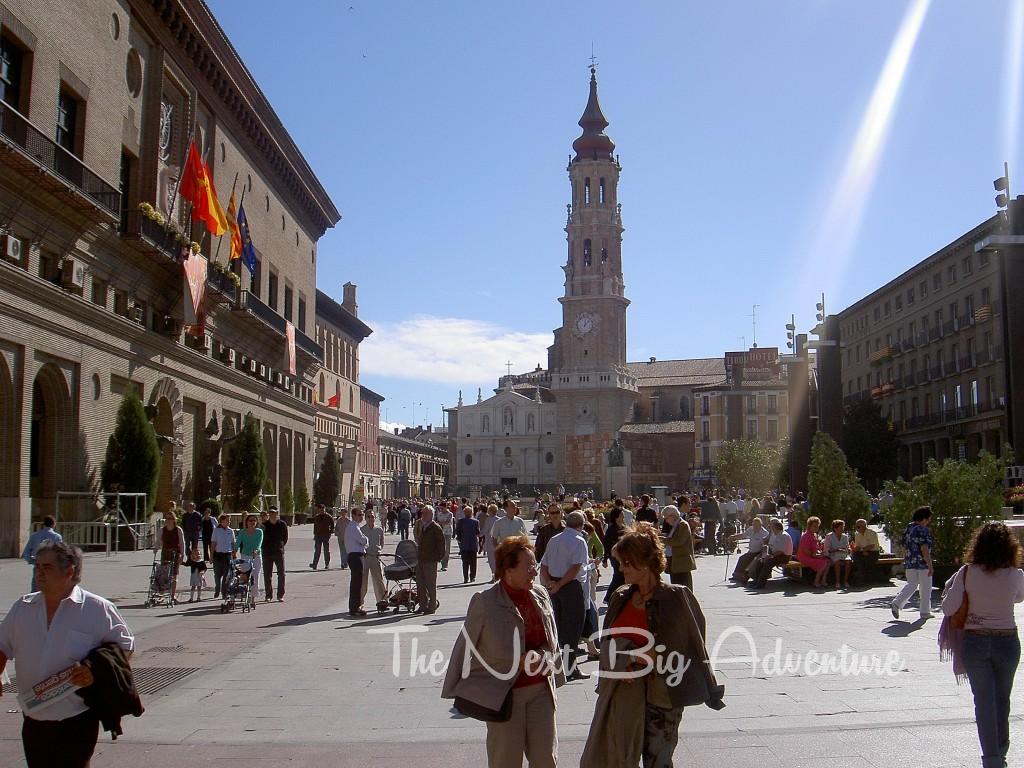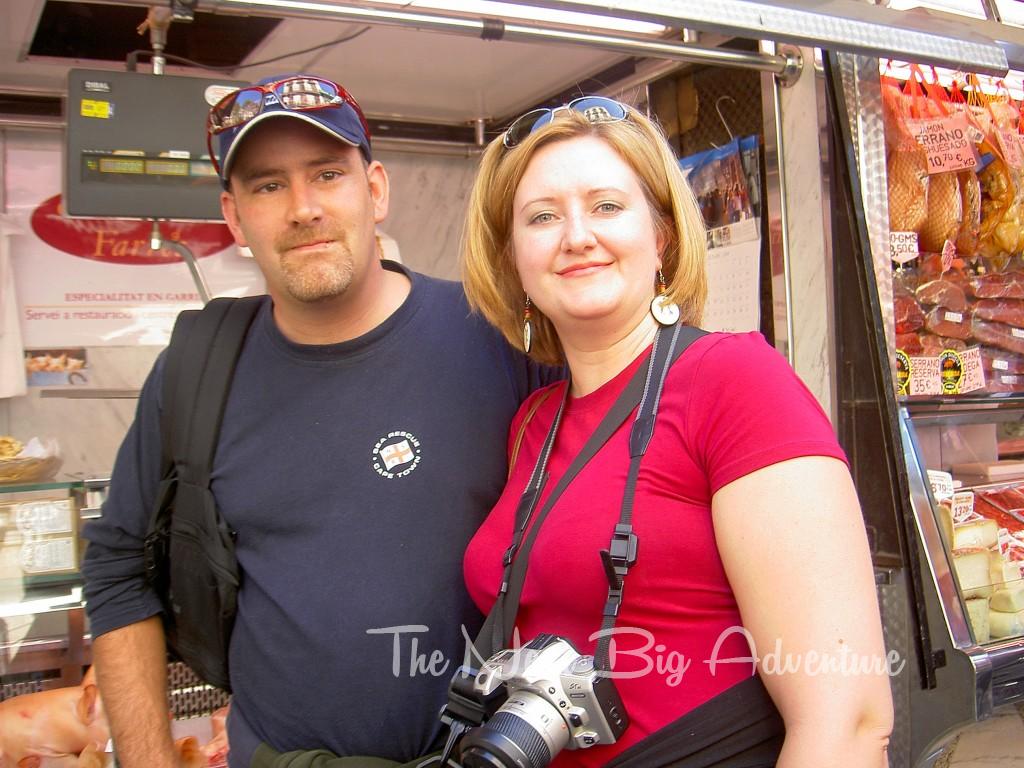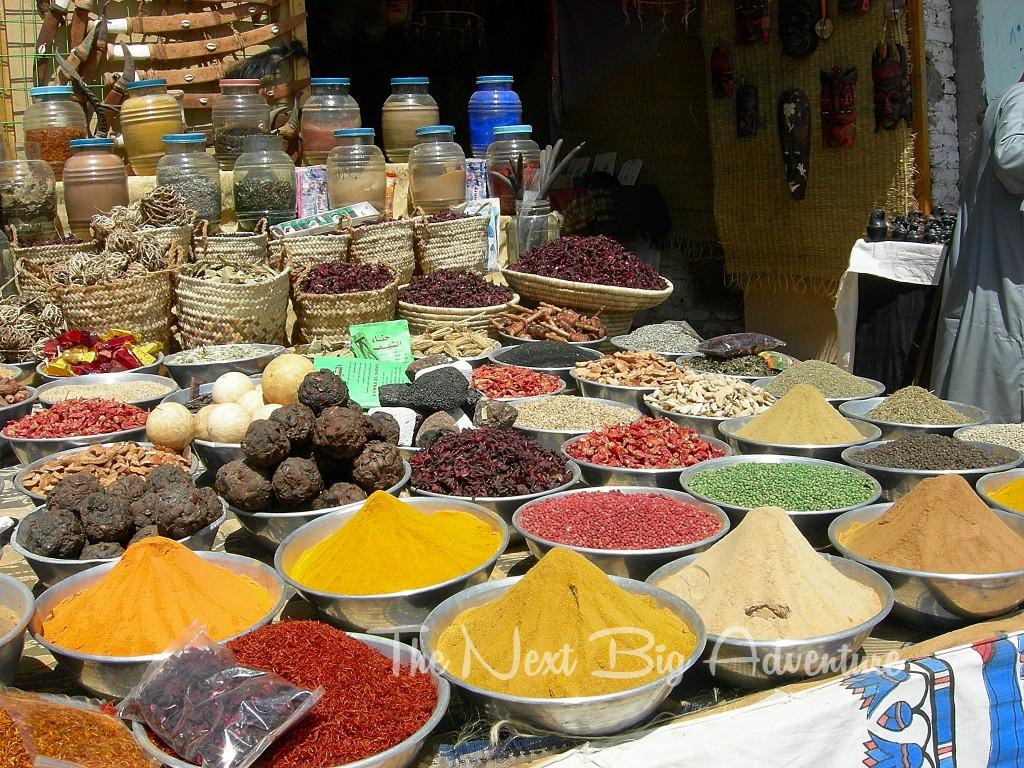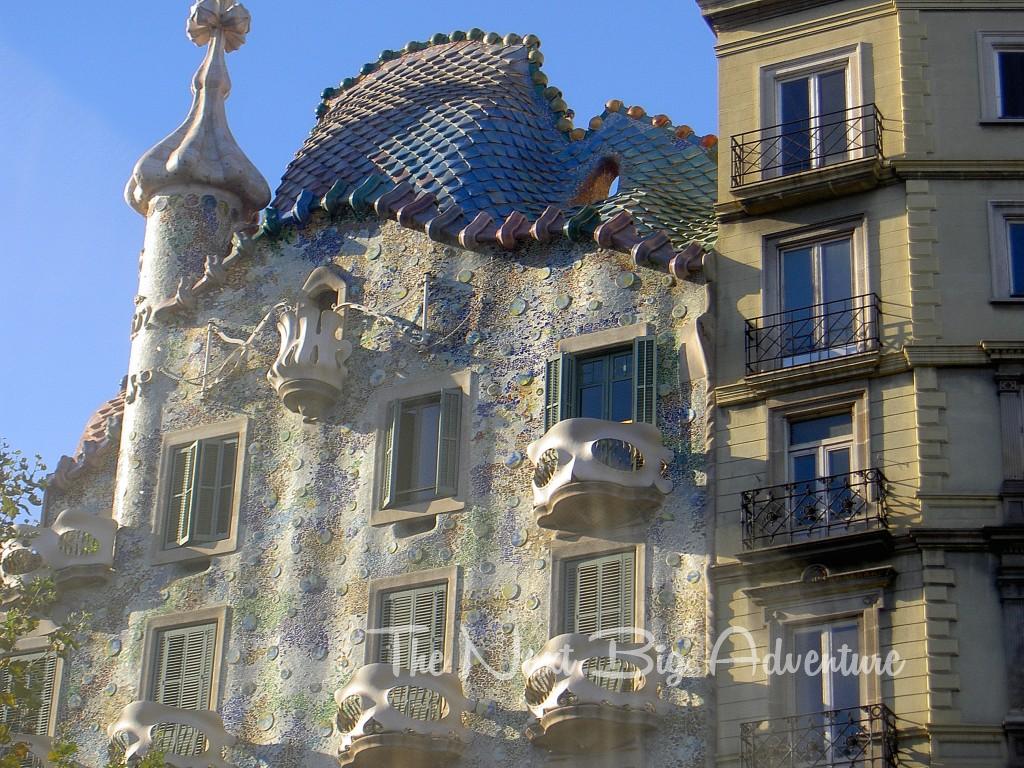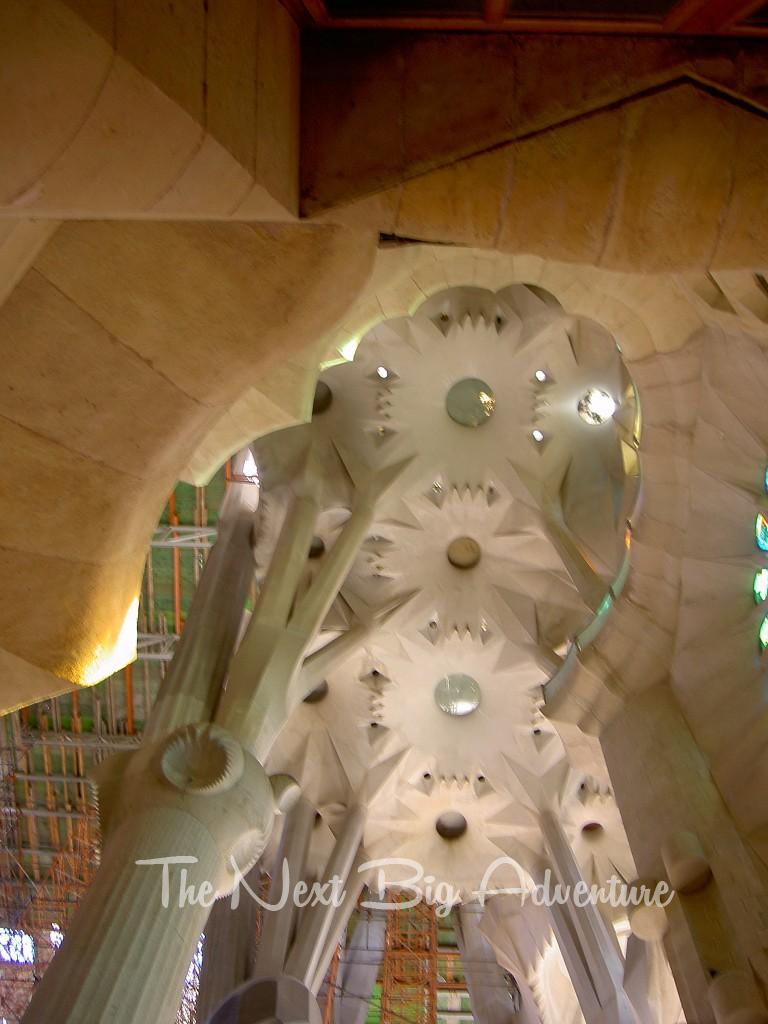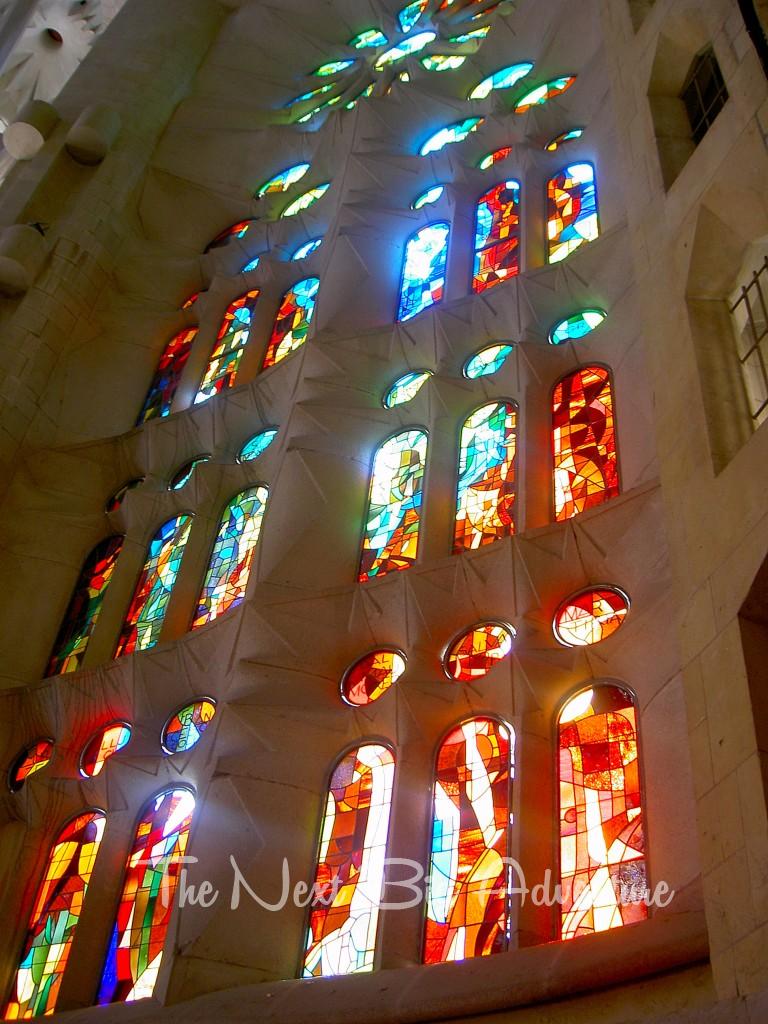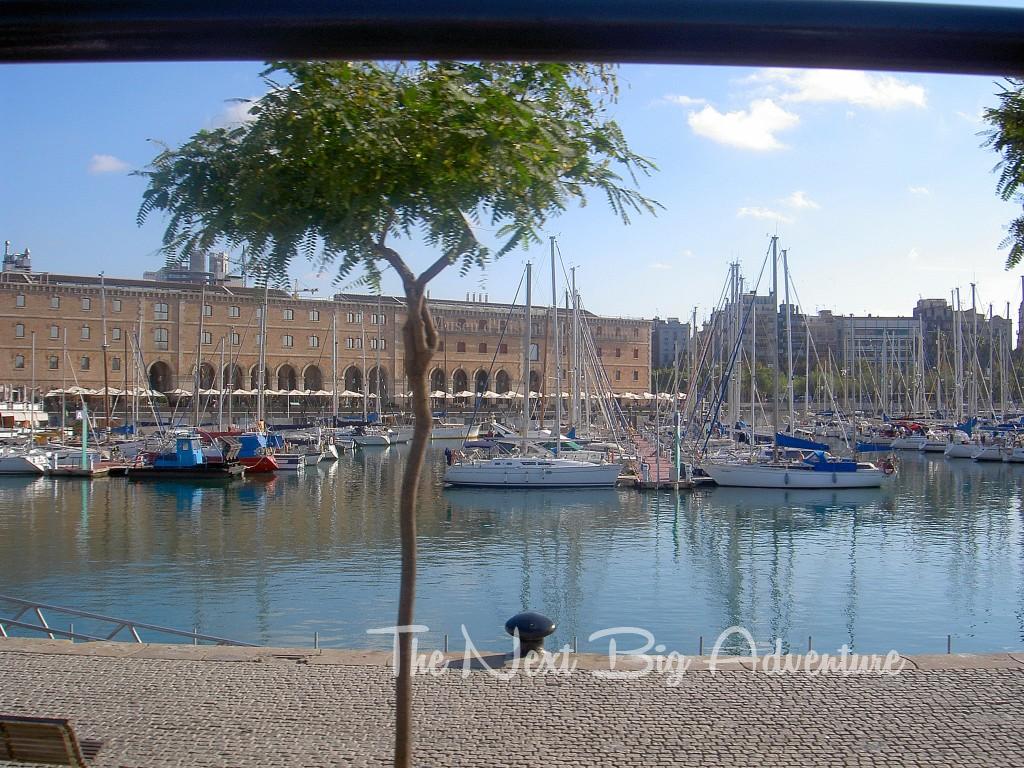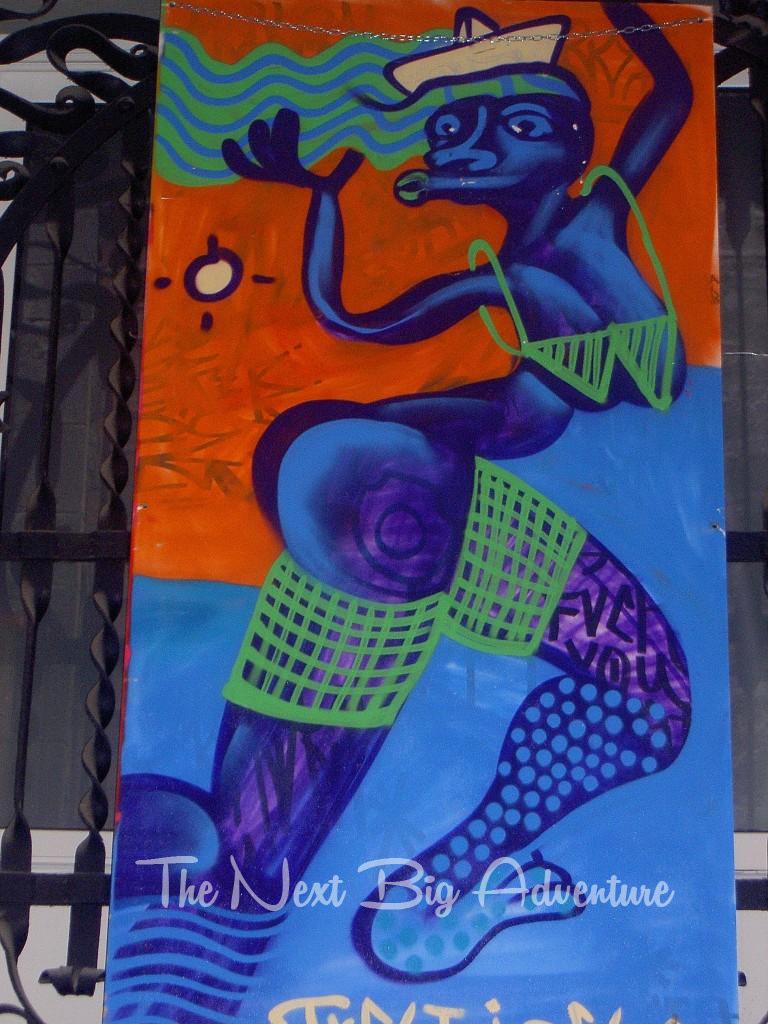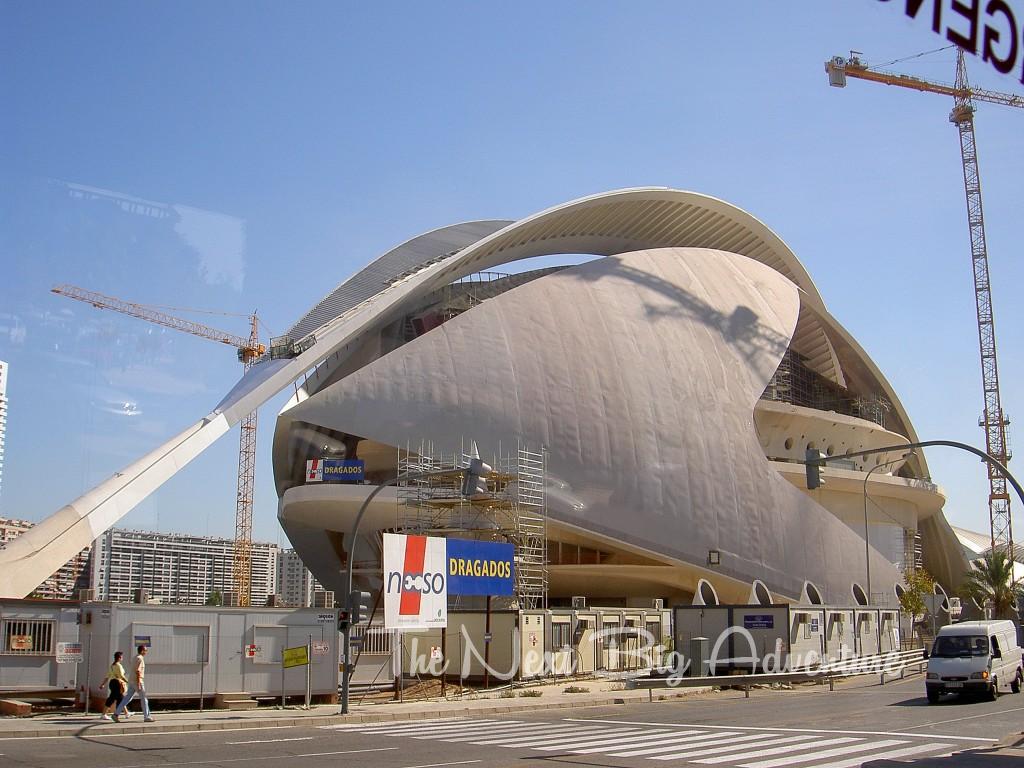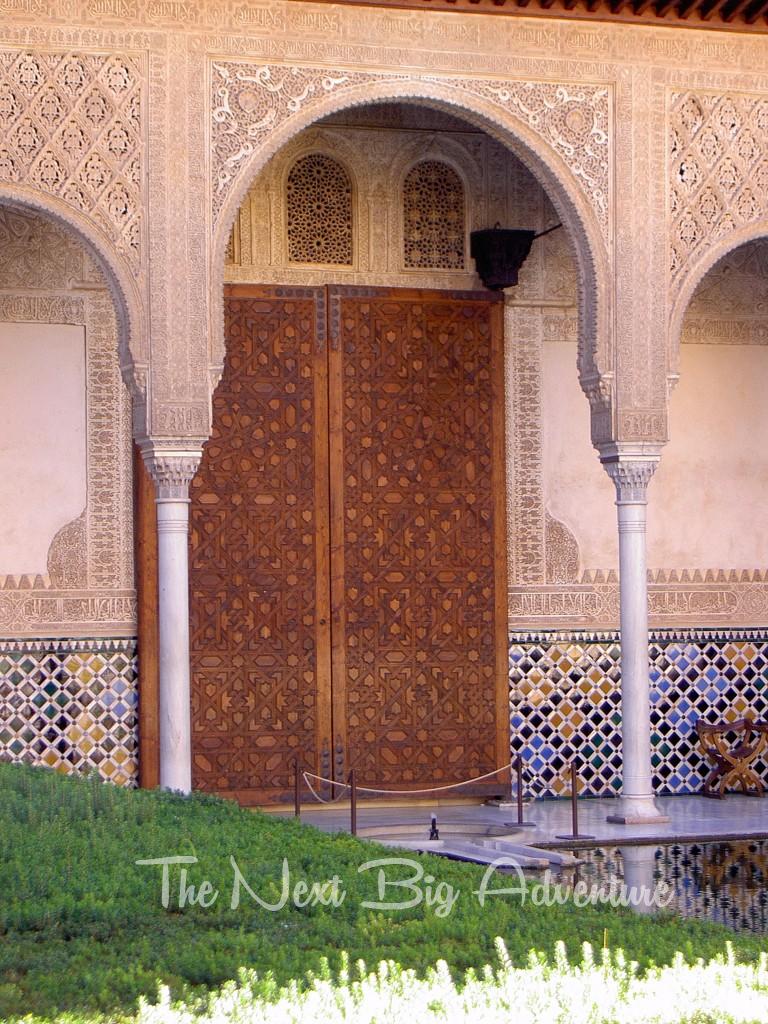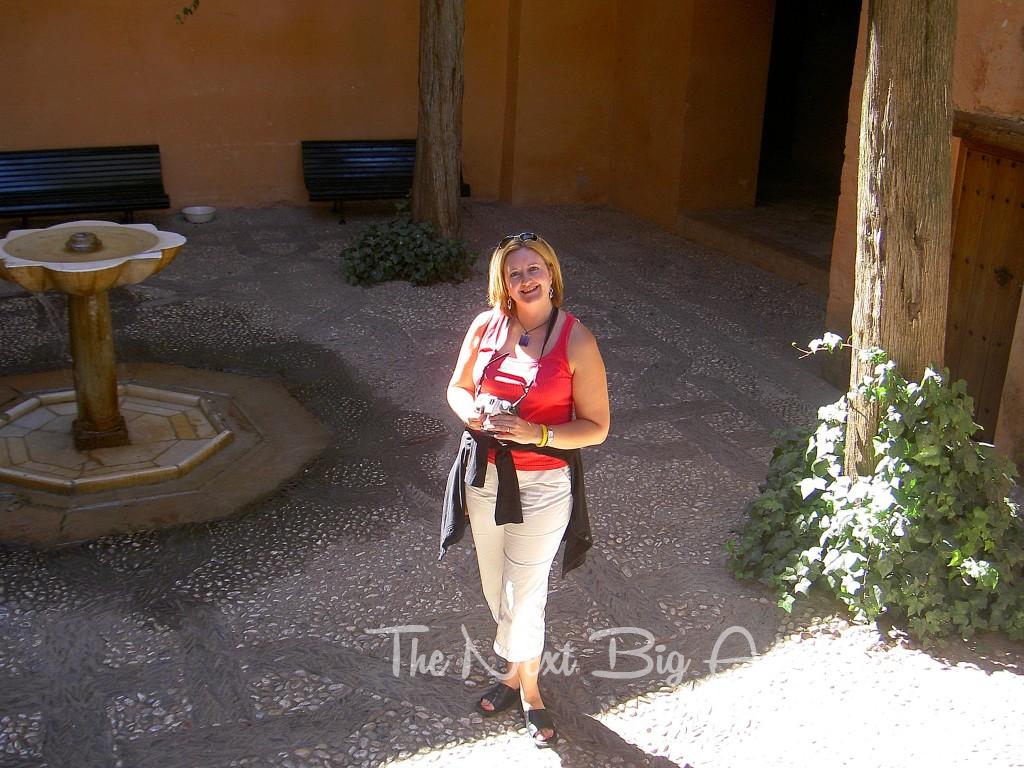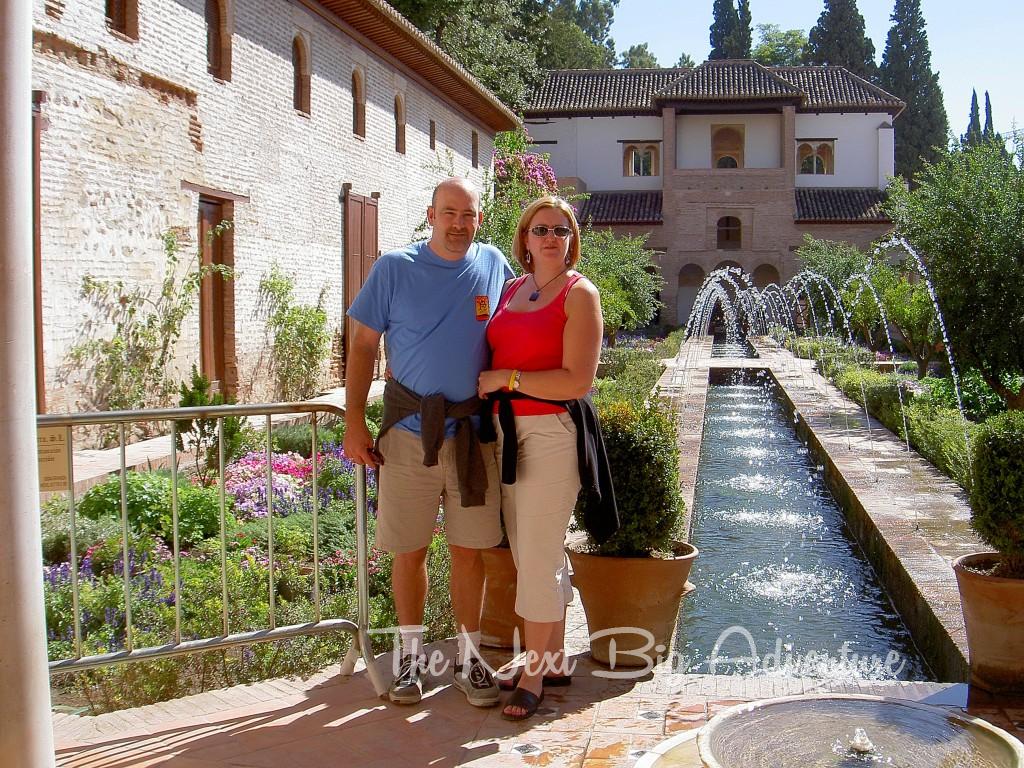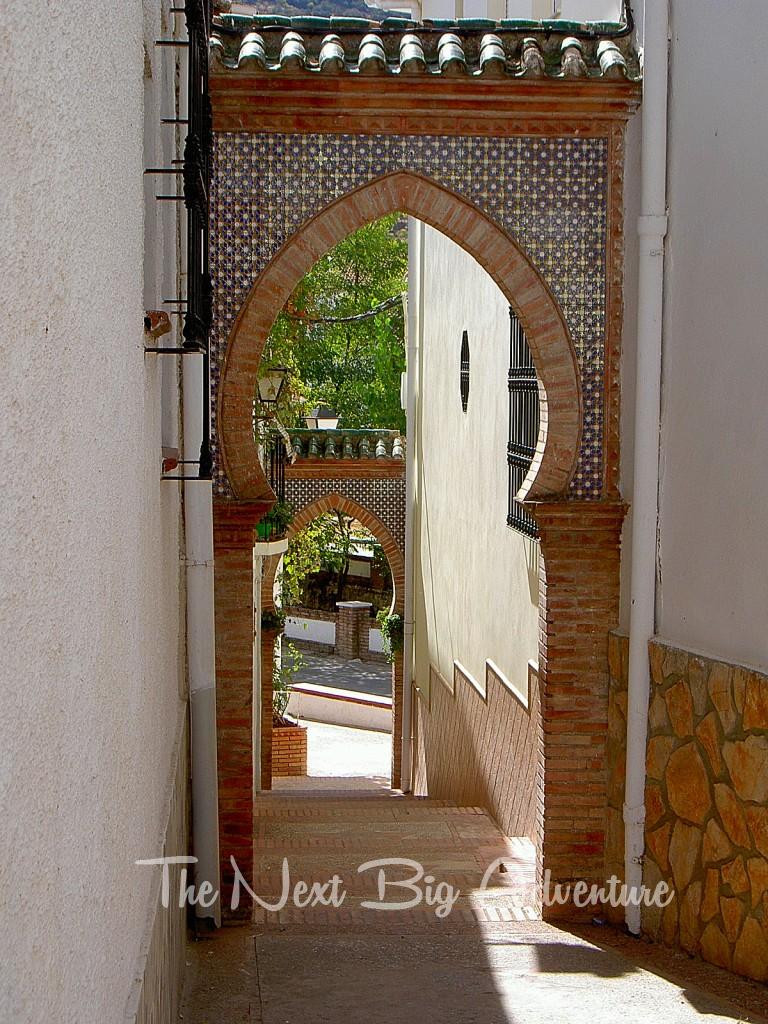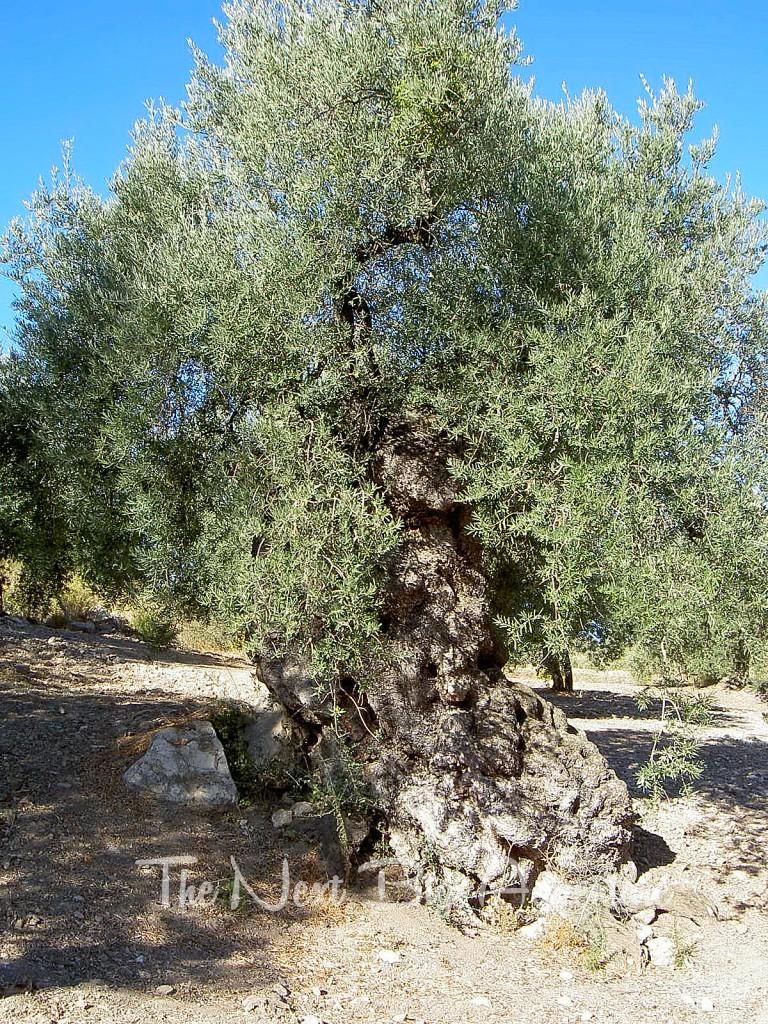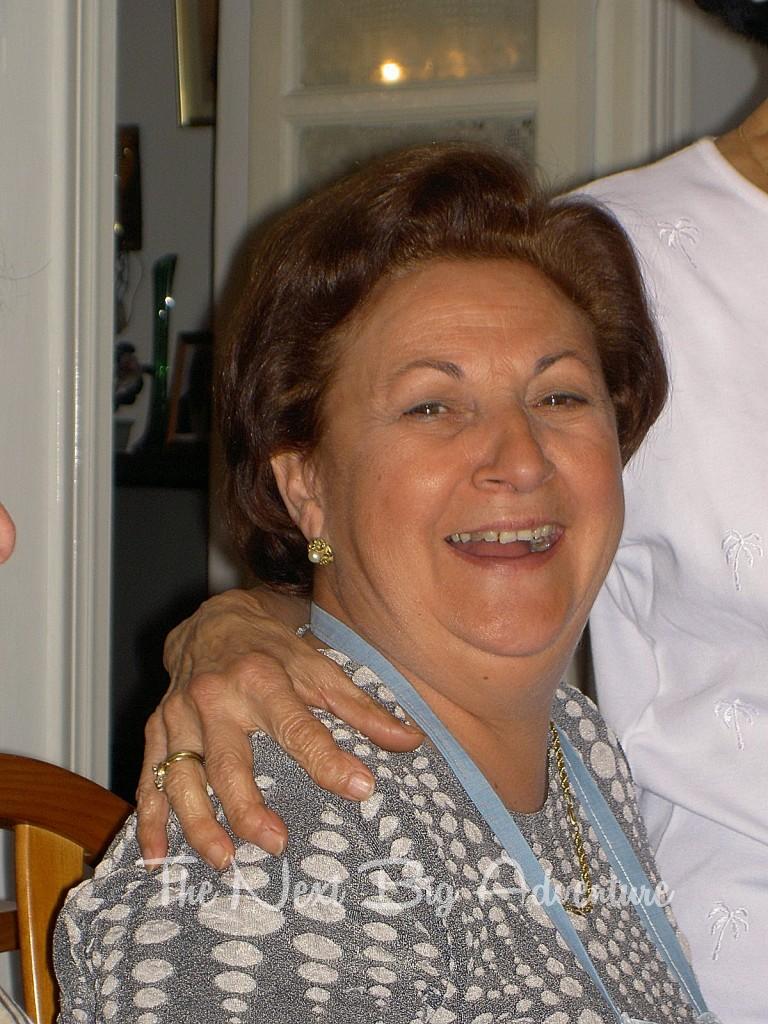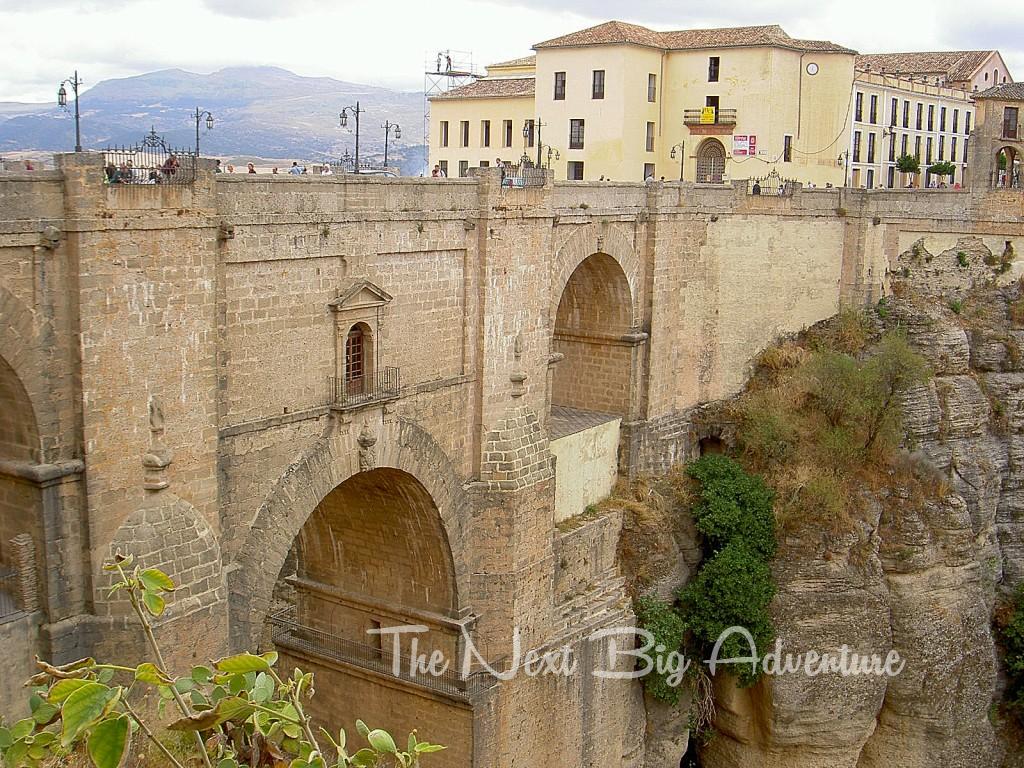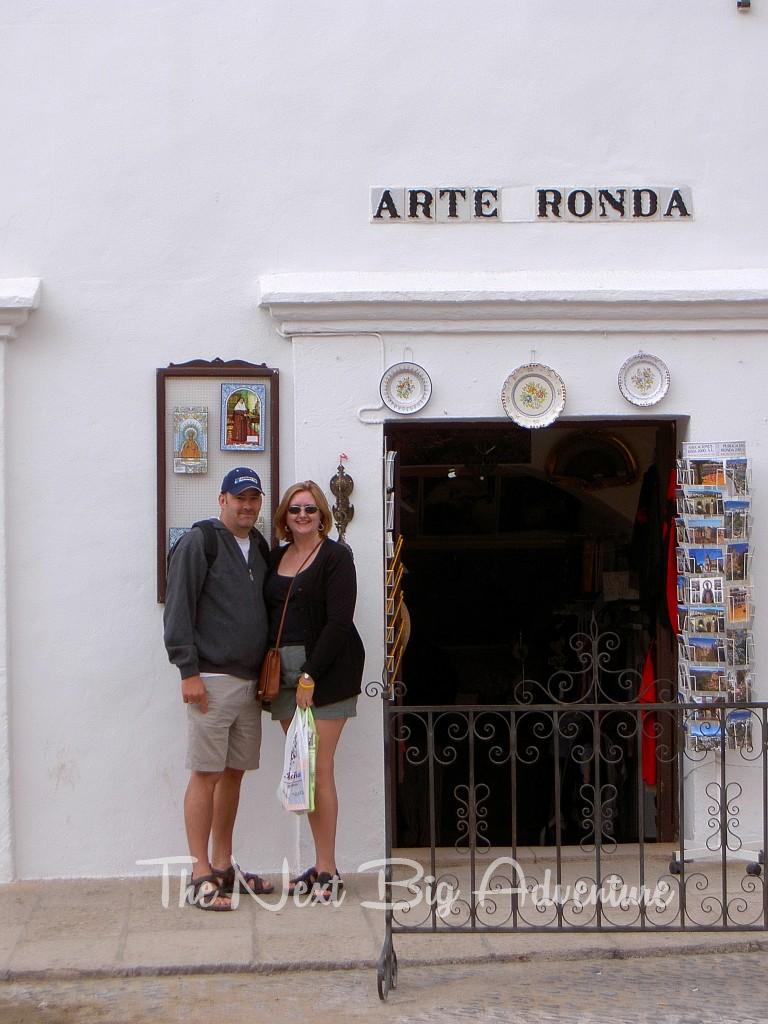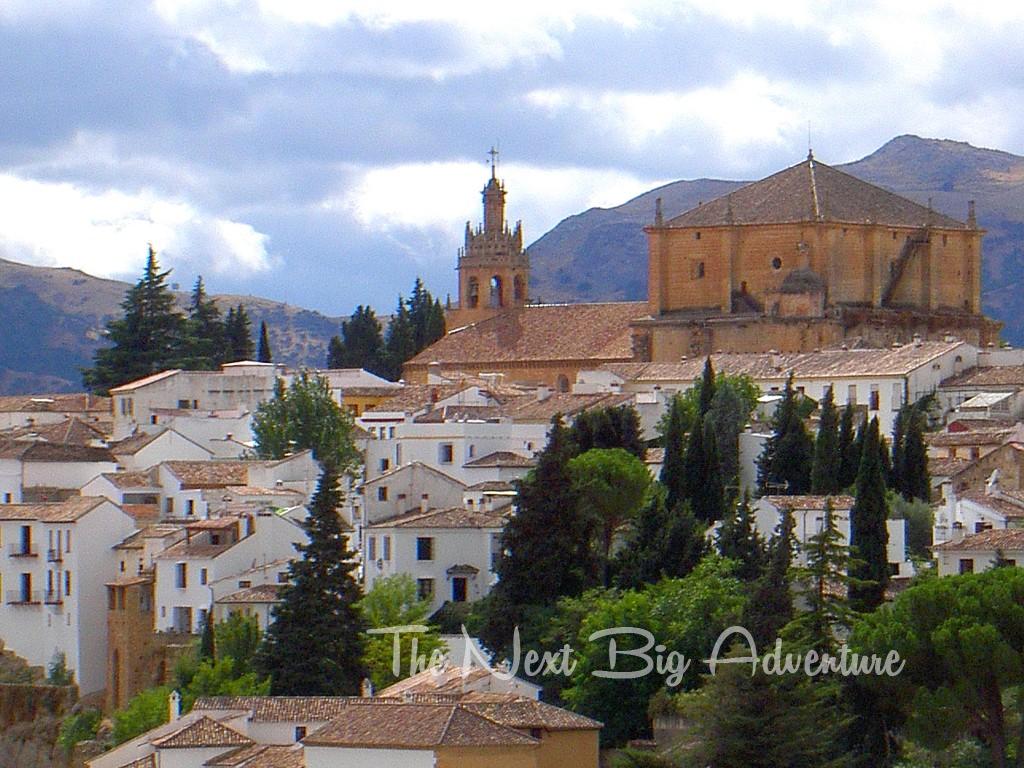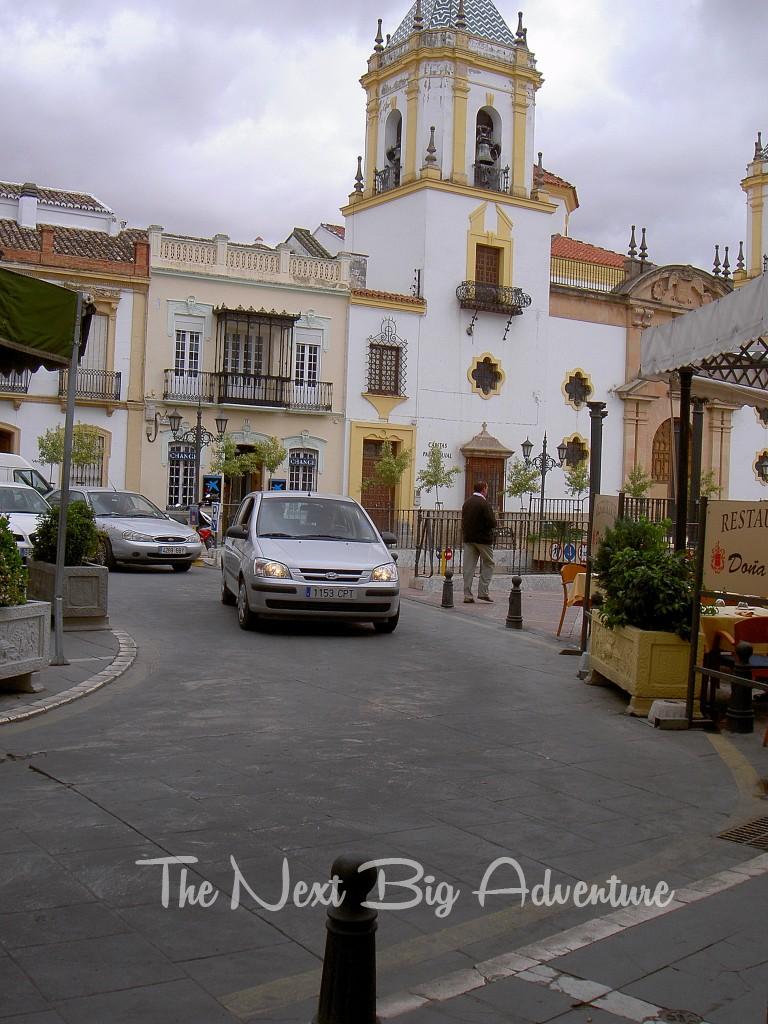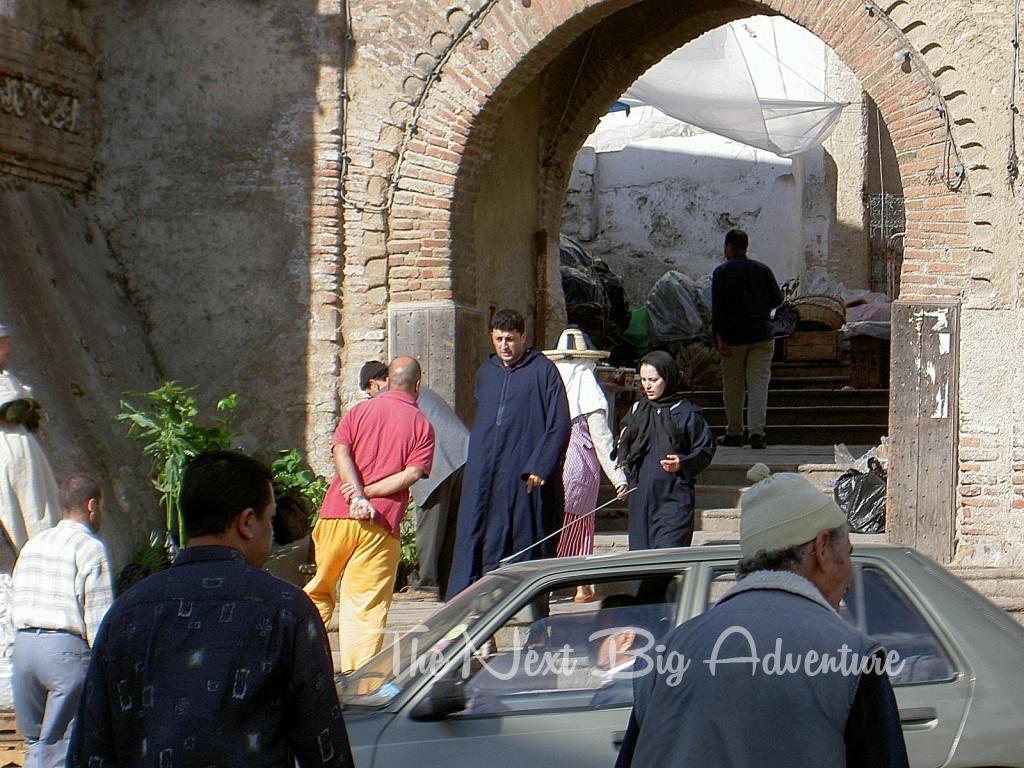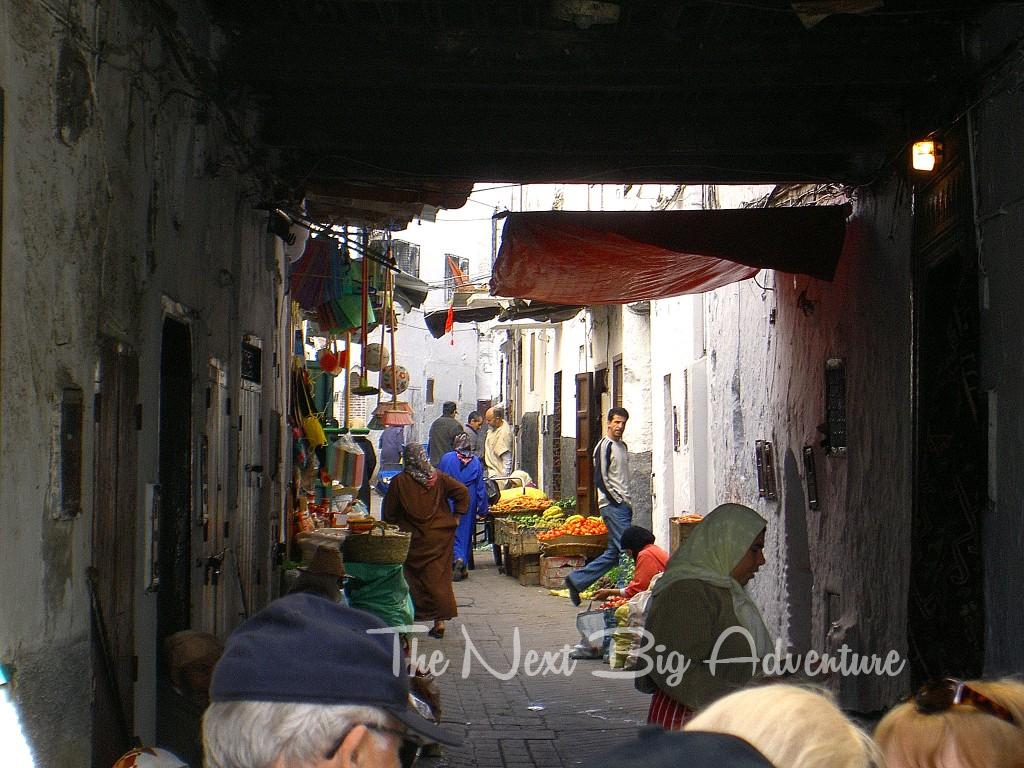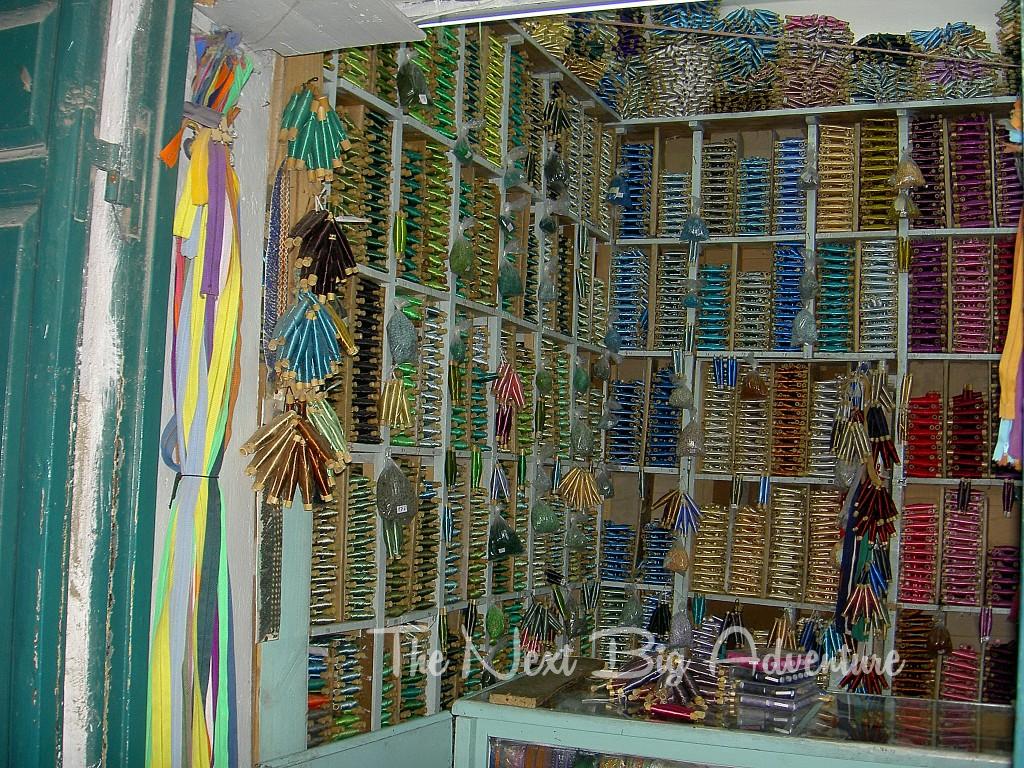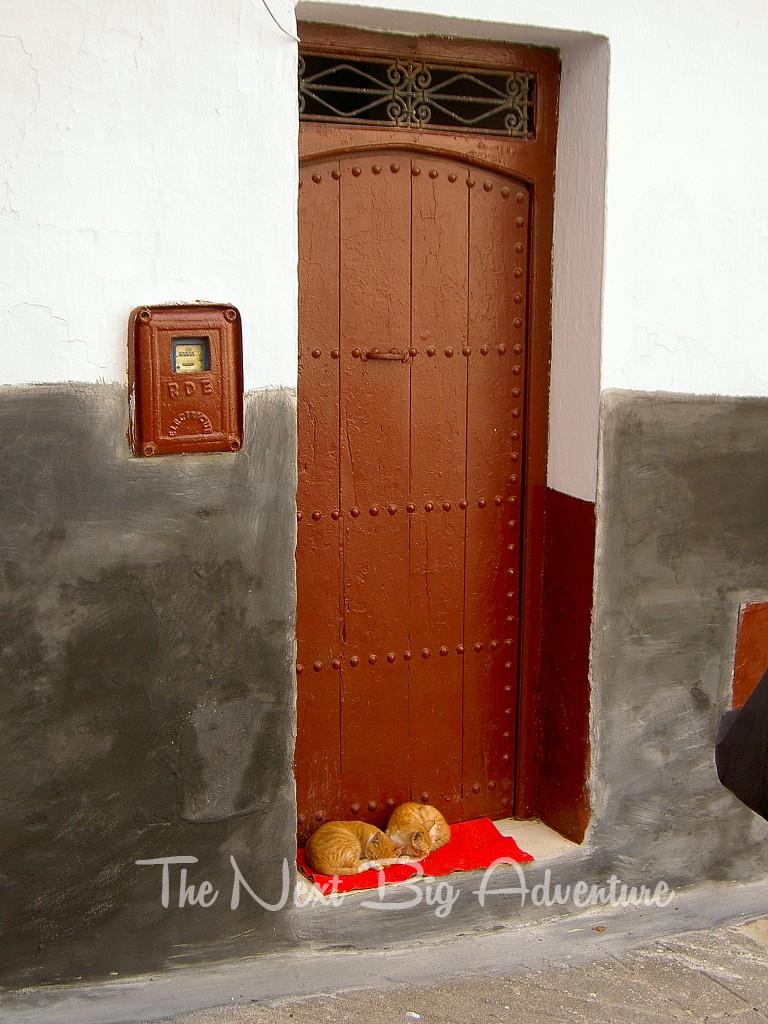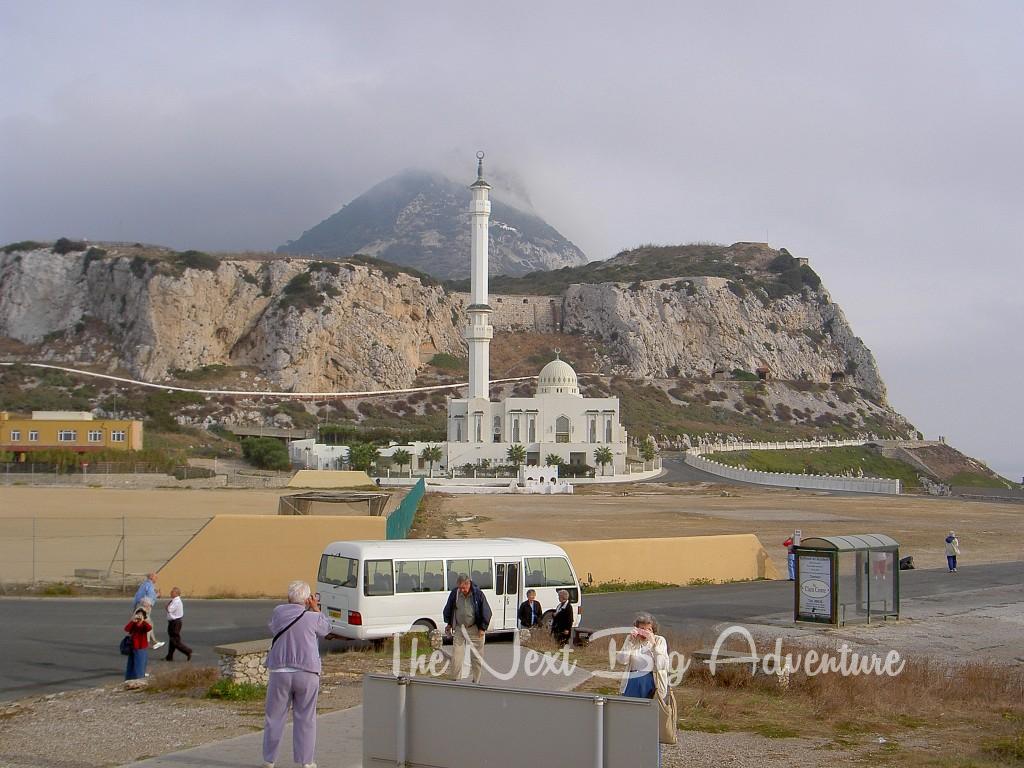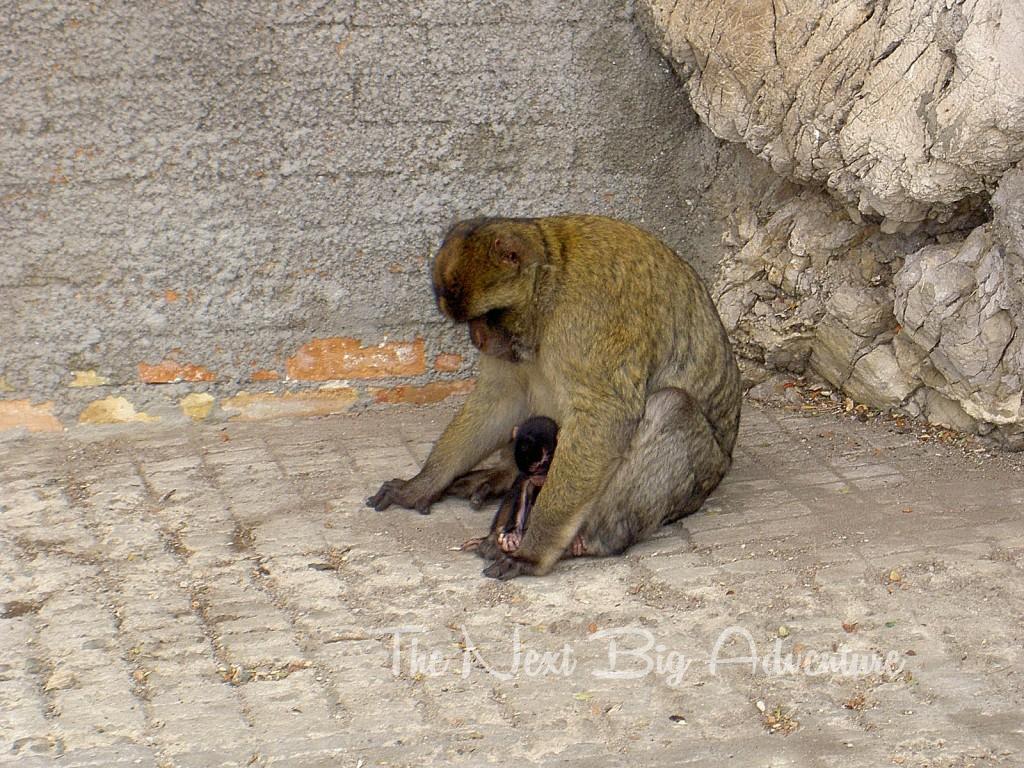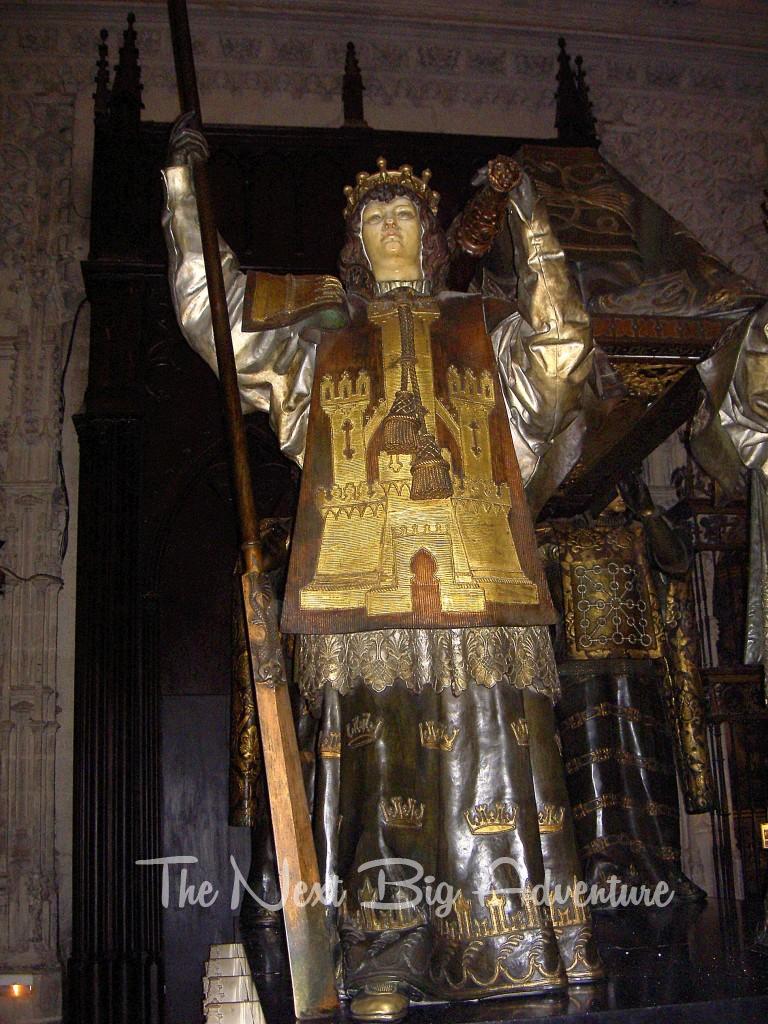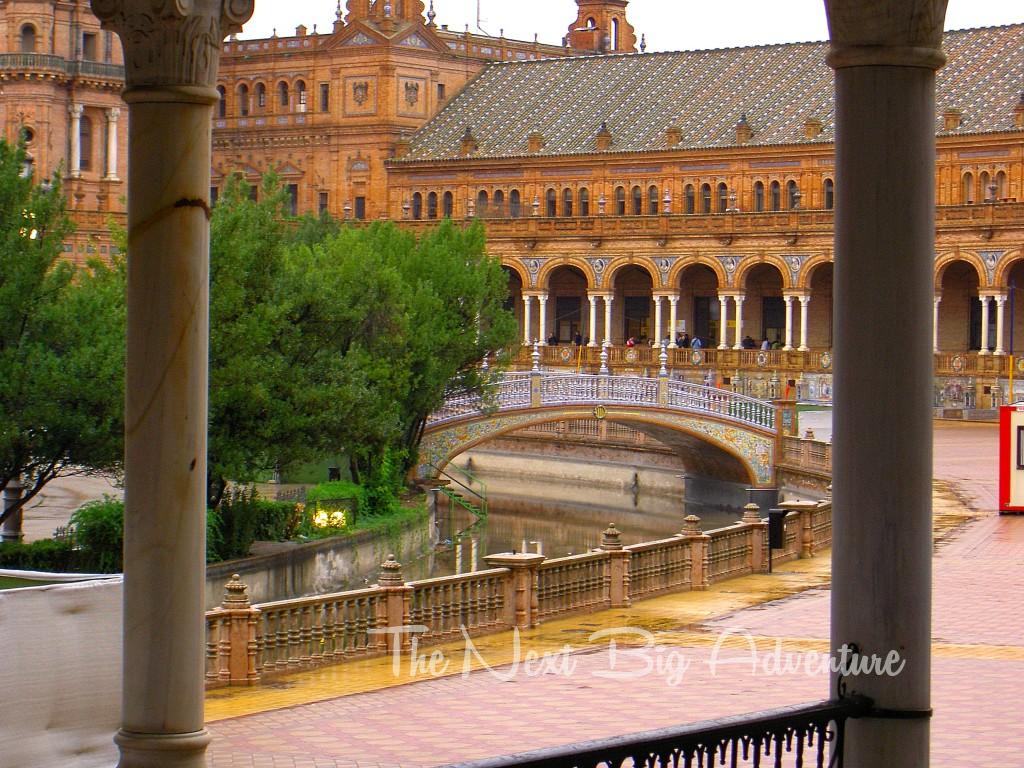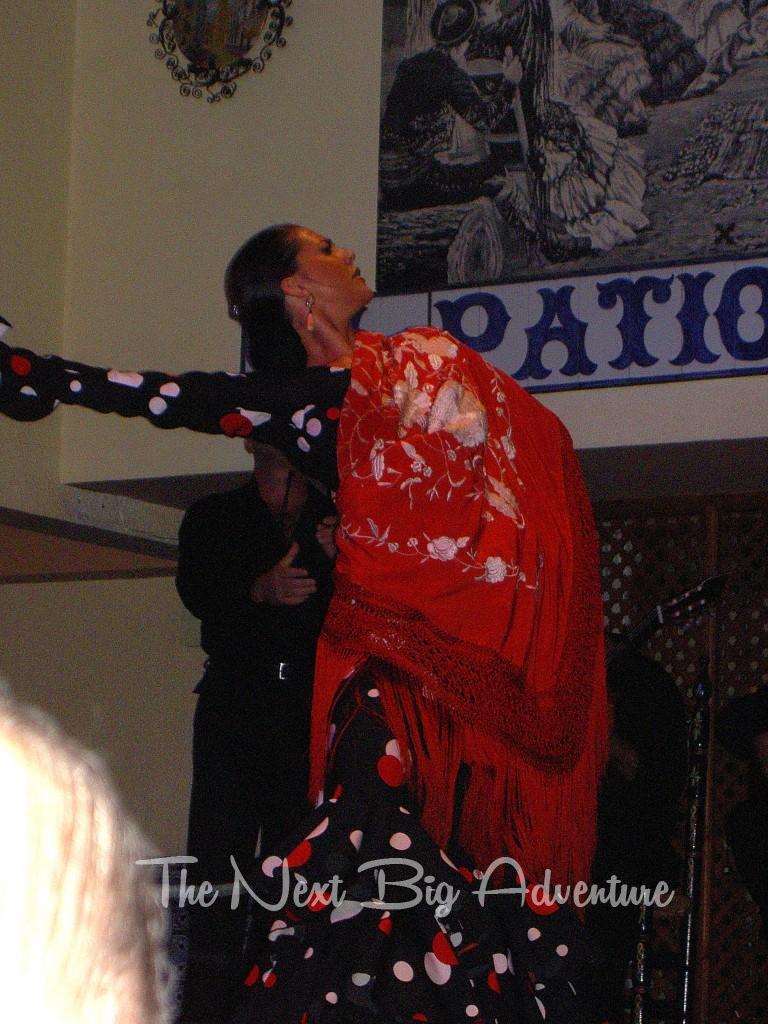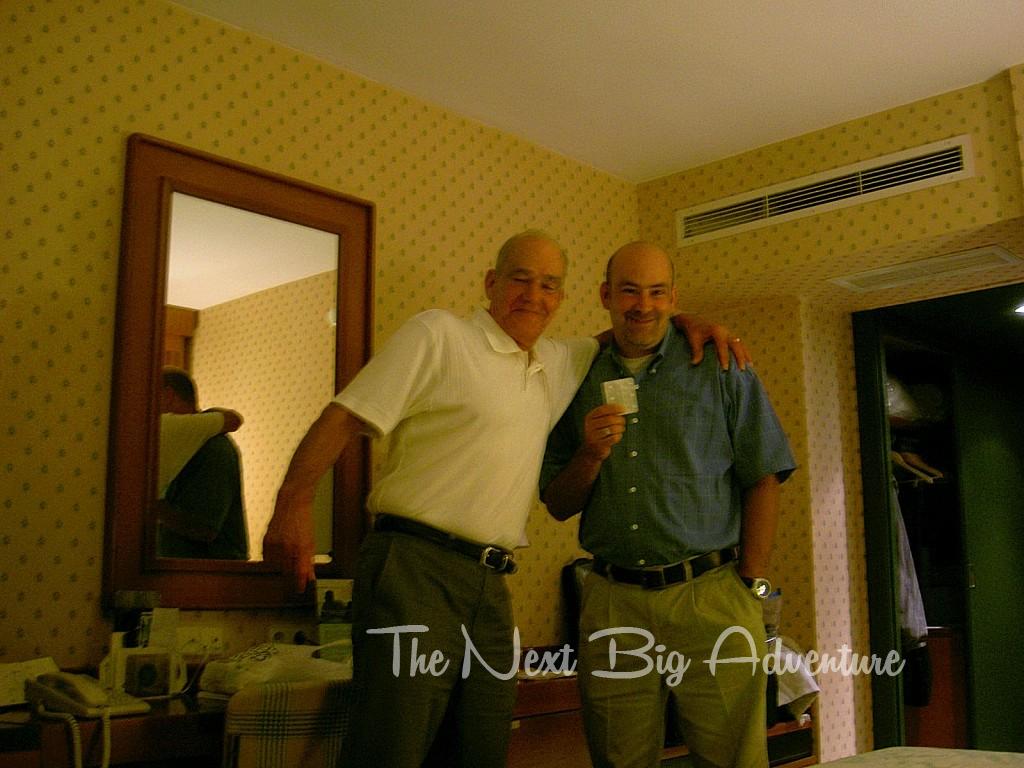Spain- a land of arid plains, flamenco, tapas and bullfights. Home to one of our favorite cities, Barcelona, as well as smaller gems like Seville and Granada. What do you envision when you dream of the Iberian Region? For me it’s the astonishing flash of color in a flamenco dancers dress, hillsides covered with white Andalusian villages set amongst the grey-green olive orchards, and lazy afternoons enjoying tapas and sangria at a street side cafe.
Spain is all this and more, an incredibly intoxicating blend of European Culture combined with a Moorish soul. We experienced it all on the Grand European Tours Leisurely Spain tour, a 16-day meander through the best the country has to offer with the addition of a quick dip into the exotic chaos of Morocco in Northern Africa.
For this Grand European Tour we had company in the form of Jim’s parents, Jim & Gail. After hearing us rave over past tours with GET they were more than ready to hop on the bandwagon, or rather, the motor coach.
We began in Madrid, capital of Spain and set high in the hills at an elevation of 2133ft (650m) above sea level. In September the weather was perfection. Madrid is the 3rd largest city in the EU with a total population of around 6.5 millions and covering over 233 square miles. It is simply enormous and we were able to see only a small area, but it was immediately obvious that it’s a very enjoyable city. Tree filled parks line many a street and plaza. Cafe filled squares and boulevards are abundant, and the sightseeing is top notch.
In our time there we hit many of the highlights, including the Royal Palace, the Parque del Buen Retiro, the Atocha train station, and the extraordinary Prado Museum. The Prado is a beautiful building and, like the Louvre, the architecture rivals the beauty within. Works by the masters are beautifully displayed and the museum offers up lots of benches for taking a rest and enjoying the works of art. One piece that particularly moved us was Picasso’s Guernica, the artist rendition of the innocent victims of war after the 1937 of the bombing of the town of Guernica.
Dinner hour proved to be a challenge immediately upon arrival. Although Jim & I often eat at 8pm or later, not so with his parents and the local practice of eating at 10pm or later was met with dismay! Although Grand European Tours works to provide included dining closer to 8pm, we quickly learned to carry fruit, nuts, and snacks with us to keep them happy. If considering a trip to this region, it’s worthwhile to adjust your dinner hour slightly at home to make the transition easier on tour.
On a free day an optional tour was offered to the medieval city of Toledo but we chose to make our own way there, taking the train the short 40 miles south of Madrid. Toledo, shrouded in history, became a UNESCO World Heritage Site in 1986. The old city, originally founded in the Bronze Age, sits scenically on a hill offering splendid views and is surrounded on three sides by the Tagus river. We negotiated the steep climb up the hill from the train station and were rewarded with a step back in history. There is the Alcazar, the 12th century Cathedral, and numerous winding side streets bordered by thousand year old walls. We took it all in, enjoying lunch on a scenic patio, and even found time to buy one of the famous Toledo Damascene Steel swords.
Leaving Madrid we headed east through the arid plains towards Barcelona. The scenery was beautiful and remote, punctuated by hills with hundreds of white windmills, black cutout bull billboards, and small towns perfect for a rest stop fueled by the famous Iberico ham and sangria. Lunch was spent on the enormous square in the town of Zaragoza. Set in the shadows of the impressive Cathedral de la Seo, this city has been occupied for more than two thousand years and I would have dearly loved to have spent a couple of days exploring but, alas, we were moving on.
But, what a spot to move on to! Barcelona is one of my favorite cities in Europe, up there with Paris and Florence and Istanbul. The eclectic art and architecture of Gaudi permeates most corners of the city, often in unexpected places. The Ramblas, the nearly 2km long pedestrian walkway runs toward the water, lined with shops, florists, street vendors, and food stands before culminating at the foodies paradise of La Boqueria. Taking a moment for our eyes to adjust to the lighting, we were overcome with the cornucopia of every imaginable fruit and vegetable. Stands were piled high with gorgeously ripe produce, artfully arranged and topped by strings of drying onions and garlic and chilies. Past the produce was beautifully butchered cuts of meat, a bounty of varieties of fish, and dozens of types of cheeses and salamis. Vats of spices brought back memories of the Istanbul spice market and I felt near physical pain at being unable to buy any of it! My hotel room wasn’t quite equipped to whip up a gourmet meal. Is there anything worse for a cook than to be surrounded by such bounty and yet be unable to indulge?
Our included sightseeing took in the astonishing, and still unfinished Sagrada Familia. Designed by Gaudi, and started in 1882, the incomplete church was declared a UNESCO World Heritage Site in 2010. That same year construction only passed the midpoint mark with an estimated completion date of 2026. The interior is, quite simply, remarkable with spires and vaults and columns all elaborately carved and decorated and highlighted by the splendid stained glass windows. I now regret not taking more photos but I simply was too much in awe as we studied every nook and cranny. I can’t wait to go back one day and check out the progress.
With quite a bit of free time, we chose to simply wander. We did take in the Picasso Museum which displayed much of his famous works, of course, but I found his earlier works and the progression towards his later works most interesting. We spent a couple of days admiring colorful street art, spending hours at sidewalk cafes watching the fashion conscious Barcelona residents, and bargaining for silk scarves. One evening while walking near the Cathedral we heard singing. We followed the sound to find two of the local opera singers had run into each other on their way to dinner an decided to give us all an impromptu performance. Sidewalk torches flickered in the darkness and the air was filled with the beautiful operatic tenors voices and it was one of those magic moments you could never script and a fitting finale to our time in this wonderful city.
We left Barcelona reluctantly, but knowing more memories lie ahead. We spent one quick night in Valencia, taking time to see the futuristic architecture of the City of Arts and Sciences, before heading to the south of Spain.
Granada was our home base as we entered the South. Located at the foot of the Sierra Nevada Mountains, Granada is the capital of the region. A beautiful city in it’s own right, most who come here come for one reason; to visit the Alhambra and adjoining Generalife Gardens. Built in the 11th century, the Castle of Alhambra (made a UNESCO site in 1984), was developed as a walled city and military stronghold. I love everything about Moorish architecture; the carved wood doors, arched doorways, tile, and water gardens and was overwhelmed by the Alhambra. Each arched doorway led to yet another intriguing walkway or room. Elaborate wooden doors hinted of treasures that were beyond our reach and, everywhere, water. Fountains and pathways abound, a sign of wealth and power, in this dry region. The attached Generalife gardens were breathtaking, featuring hundreds of species of plants and flowers and trees and, again, water, water everywhere.
There is more to be seen in Granada, including a lovely cathedral, but it was time to head to the beach. The Costa del Sol is not normally our type of beach area. Bordered by concrete and high-rise hotels, the beach is lined with restaurants and beach cabanas, mostly catering to the tens of thousands of British tourists that descend on the beaches each winter. What the region is good for is as a base for day trips to the surrounding area of the white hill towns of Andalusia.
While the men were looking forward to a lazy day on the beach, Gail and I jumped at the chance to take an optional tour that took in a couple of the hill towns, a visit to an olive orchard to learn the process for growing and processing olives, and the highlight, lunch with a local family. These locally hosted meals are a perennial favorite on Grand European Tours and for good reason. We were split into three groups and eight of us were included for our house. The hostess, a lovely woman who spoke very little English, was assisted by her daughter in serving us course after course of exceptional Spanish cuisine. There was, of course, ham, but also a variety of tapas, trays of olives, abundant salads, and a main course of pork with potatoes and vegetables. Desert was a sublime orange-almond cake. We could barely roll ourselves out of the house and back onto the bus to head back to Malaga, a thoroughly delightful day!
The next day we got on the bus to do something I could not leave the country without doing- heading into the hills to MY town, Ronda. The ancient city was settled in the 6th century by the Celts and it’s location spanning the El Tajo gorge makes it a very popular stop for photographers. Throughout history, this little town was the scene of dozens of battles disputes over location and religion and a scene from Hemingways “For Whom the Bell Tolls” was based, in part, on a particularly bloody execution. Home to some of the principals in the development of bullfighting, Ronda has the oldest arena in the country, built in 1784 and the new bridge was built in the 18th century!
With no big agenda, we explored the town, poking around side streets and stores, checking out the view of the gorge from the bridge and lunching on a tree-lined square. It was a long day but well worth it for the mountain scenery and amazing history.
Many consider a trip to Europe exotic and it may seem so, until you go to Morocco! Included in our itinerary was a full day trip to Northern Africa and, for most of our group, their first foray onto the African continent. A short 30 minute ferry ride had us disembarking on Moroccan soil and busing to Tetouan, a bustling town with one of the most complete medinas in the area. We did the typical touristy, but still entertaining, activities such as camel ride photo ops and dancing cobra flute shows but what we were anxiously waiting for was time wandering the Medina.
We love markets around the world and we knew exploring the meandering alleyways and exotic shops would be our favorite activity of the day. Because of the very real possibility of getting lost, we did travel as a group, but the pace was slow, giving everyone ample time for shopping and pictures. We did the “required” carpet shop stop on our way to lunch at a lovely restaurant where belly dancing and traditional music accompanied a delicious lunch of lamb kabobs, vegetable couscous, bastilla, cucumber-tomato salad and copious amounts of mint tea. A wander back through the Medina to our coach, a ferry back to Spain, and a final coach to our hotel in Malaga. Another full day, but a truly fascinating glimpse into a very different culture.
There is no rest for the weary and we were up the next day heading towards Seville but not without a stopping first at a place with yet another very different feel; Gibraltar. A British Territory, the Rock of Gibraltar is the only real site of Gibraltar and the entire of the territory is a mere 2.6 square miles. It didn’t take long to explore but it was an interesting stop with time to feed the Barbary Apes, check out the cave, and have a traditional pub lunch before continuing on to Seville, home of Flamenco.
Seville is a gorgeous, flamboyant town. Founded as a Roman city after the Muslim conquest in 712 AD. The old town of the city contains three UNESCO sites, the Alcazar Palace, the Cathedral, and General Archive of the Indies and is surrounded by side streets lined with shops, restaurants, tile stores and, my favorite, flamenco outfits. The Cathedral of St. Mary was built from 1401-1519 and is the 3rd largest in Christiandom and holds the tomb of Christopher Columbus. Facing the cathedral is the Alcazar, formerly a Moorish palace, and home to the exquisite Courtyards of the Maidens.
Sitting in a small cafe, we were beyond thrilled to have be able to witness a dozens of brightly adorned women and girls go by in brightly colored traditional outfits.Trying a variety of different tapas, drinking amazing red wine and sangria and eating my weight in ham, Spanish guitar music playing in the background, THIS was the Spain I was looking for. Later we visited the Plaza de Espana to check out the bright tile work, depicting history from each Province in Spain, before experiencing the thrill of Flamenco. It was all I had wanted it to be; haunting guitar music, brilliant costumes, and fantastic footwork and dancing. Even unable to understand the lyrics, it wasn’t hard to understand the passion in the dance and music and I made up in my head possible stories of the strife and war and lost love they were portraying.
Our journey ended with a highlight for Jim’s dad, taking the AVE high speed train from Seville back to Madrid. He had not yet experienced train travel in Europe and quickly appreciated how superior it is to Amtrak in the United States! A comfortable, smooth, and quick 2 1/2 hour trip and we were back in Madrid for one final night before heading home. We enjoyed a very festive farewell dinner at a local restaurant near our hotel with Luis Lopes, our tour director, and the group which included much laughter, food, wine and reminiscing about the wonders of Spain.
Although my company no longer runs this exact trip through Spain we have four tour options to choose from, thoroughly covering all we saw as well as a couple that include more northern Spain and Portugal. They are all certainly worth checking out and if you have not yet been to this corner of you Europe you should make the effort to get there. Historic, passionate, beautiful and tasty, Spain has a lot going for it.

